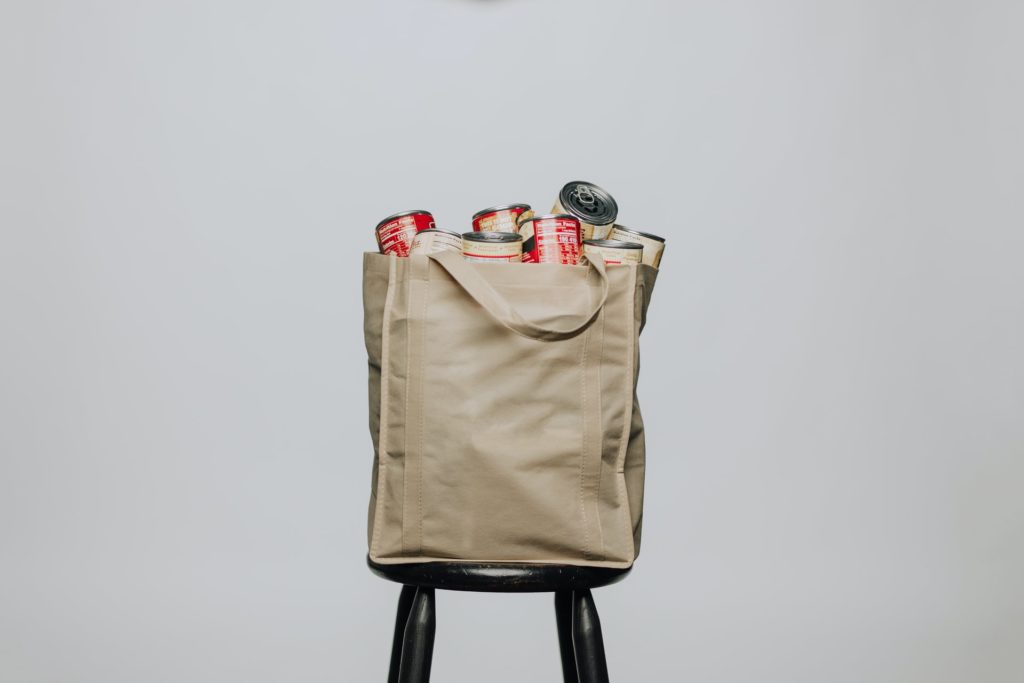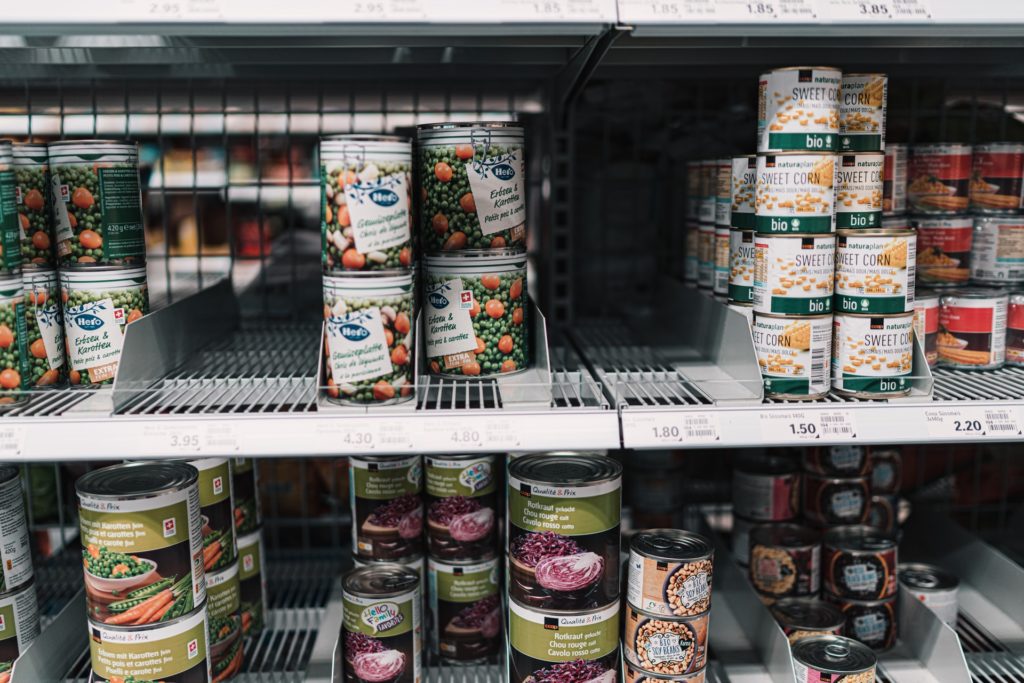
DQMOT, BSF IDK WCA 2TXT W/LOA. Did you get that? Nope, us neither, and we wrote it. LMAO. Actually, allow us to explain. It says ‘Don’t quote me on this, but seriously folks I don’t know who cares anyway to text with lists of acronyms’. And honestly, who does care?
Well, quite a lot of people actually. Once the preserve of quirky memes and teenage internet exchanges trying to keep things under the radar, acronyms are now also used in technical industries to save breath, time and paper space.
Indeed, the world of food manufacturing has its very own language, a seemingly incomprehensible jargon that ties together sentences, thoughts, and processes into manageable forms. If you’re to understand this industry, it’s essential you get to grips with its vernacular. With that in mind, here are 5 acronyms every food manufacturing company should know.
FDA
This acronym stands for the Food and Drug Administration. Sometimes it is referred to as the USFDA to distinguish it as a United States organization. A federal agency within the US Department of Health and Human Services, the FDA was formed in 1906 and is headquartered in Silver Spring, Maryland. With over 200 field offices and 13 labs, this organization has a huge role in the manufacturing industry because it is responsible for protecting and promoting public health safety.
The FDA does this through the control and supervision of food safety and the implementation and enforcement of guidelines that dictate the quality of food products, medication, vaccines, medical devices, cosmetics and more.

WHO
Who? Well, the World Health Organization is a bit like the FDA, but on a much larger scale. The WHO is a specialized agency of the United Nations which carries the responsibility for international public health. The mandate for the organization is broad and includes advocating for universal healthcare, monitoring health risks to the public, coordinating responses to emergencies of a health nature, and the promotion of good health.
The WHO was formed in 1948 and is headquartered in Geneva, Switzerland. Over 8,500 people are employed by WHO in 147 different countries. These are divided into six different regional divisions. The office for the Americas is in Washington, DC.
They play an important role within the food manufacturing industry because they monitor and regulate various aspects of food and nutrition security.
THE ALCOA RULE
This is essentially a principle implemented by the FDA concerning the information collected and stored on a data logger. It focuses on defining data integrity and how it is achieved in industries regulated to monitor environmental conditions. The letters A-L-C-O-A explain what the guidelines are for all forms of recordkeeping in these industries: Attributable, Legible, Contemporaneously recorded, Original (true copy), and Accurate.
Surprisingly, these guidelines are less than 20-years-old. The FDA added ALCOA in the 2003 21 CFR (Code of Federal Regulations) Part 11 data integrity rule. These are industry standards and ALCOA is the tool that puts all forms of data collection on the same page making it easy for compliance. Many companies conduct internal audits on their data integrity to ensure that they are meeting or exceeding ALCOA standards.

RH
Relative humidity is the measuring unit that defines the ratio of the partial pressure of water vapour to the equilibrium vapour pressure of water as measured at any given temperature. This is quite different from measuring humidity, which is simply the amount of water vapour present in the air. Measuring humidity can help determine a change in weather conditions that could result in rain, fog or any other type of weather event.
The instrument used to read RH is called a hygrometer. Depending on the model, readings are either digital or analogue and the numbers indicated refer to the percentage of humidity being recorded. Comfortable levels of humidity range from 30% to 60%. Less humidity can result in dry conditions whereas higher humidity can create conditions conducive to the growth of mould and mildew possibly resulting in rot, rust and warping damage to all kinds of materials.
Food manufacturing relies on RH to measure the humidity (and safety of products) in fridges, freezers and transit.
GXP
Good practices (GxP) are the framework of guidelines used to standardize the production of products that end up in the hands of a consumer. GxP is of particular note in food production, medical device and aerospace industries with individual specifications aimed at each industry. The framework permits regulated industries to measure and maintain performance as it relates to compliance with requirements.
There are many different ways of identifying good practices through acronyms. According to Dickson, the “x” in the GxP designation helps to define the precise source of the good practices it represents. For example, if the good practices are laboratory-based, the designation becomes GLP. If the guidelines focus on distribution, it will read GDP. For manufacturing, it is GMP. If a lowercase “c” appears at the beginning of any GxP notation (cGxP) it refers to current standards.
THE BOTTOM LINE
LOL looked like jargon when it first appeared. Indeed, even a former Prime Minister of the UK used it erroneously (to be fair, it’s probably one of his lesser mistakes). But now, where would we be without the ability to succinctly sum up how we’re actually, genuinely laughing at something?
In turn, what might first appear to be jargon in the food manufacturing industry is actually essential terminology to be learnt and memorised if you’re to get ahead in the trade. Like learning a new language, if you’re to be conversant in this ever changing world, it’s time to LOBH.





